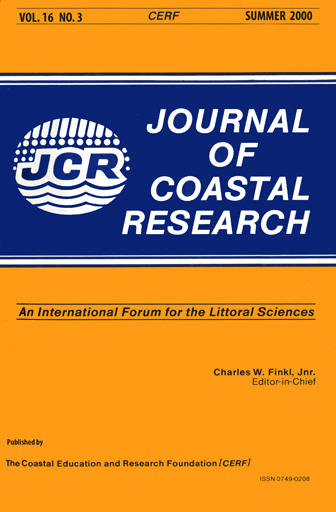Seasonal Variation in Understory Kelp Bed Habitats of the Strait of Juan de Fuca
Keywords:
Puget sound, commercial fishing, kelp habitat managementAbstract
Kelp habitats in Washington state, including the Strait of Juan de Fuca, are classified as a critical habitat for a number of federally listed, proposed listed, and declining stocks, including Chinook, coho and chum salmon, and quilback, copper, and brown rockfish, surfsmelt, sandlance, and northern abalone. The Strait of Juan de Fuca supports the majority of kelp resources in the state of Washington. Despite this importance, virtually no information exists on kelp habitat community structure for the Strait of Juan de Fuca. This study defined understory composition of two dominant kelp habitats of the Strait. The understory composition of two Macrocystis integrifolia and Nereocystis luetkeana beds were sampled seasonally for one year. Variables assessed included macroalgal composition and abundance of three commercially and recreationally important species of urchin and one species of abalone. Similarities and differences were found with bed type, season, and geographic location. Similarities included strong seasonal variation in understory cover, and the dominance of the perennial, understory kelp Pterygophora californica. Both bed types were also similar in their difference from understory communities described for Puget Sound kelp beds.
Differences between the two kelp bed types included variation in total algal cover. Macrocystis beds showed less seasonal variation in total cover and algal composition, and had greater overall percent cover, which M. integrifolia contributed to seasonally. Nereocystis beds showed seasonal changes in percent algal cover. However, N. luetkeana did not contribute to the understory algal cover of these beds. Nereocystis beds had higher total number of urchins and abalone than Macrocystis beds.
Recent increases in kelp habitat management activities, combined with differences in kelp community with season, bed type, and location observed in this study underscore the need for well defined goals and detailed site studies for successful kelp habitat management, including restoration and preservation.


